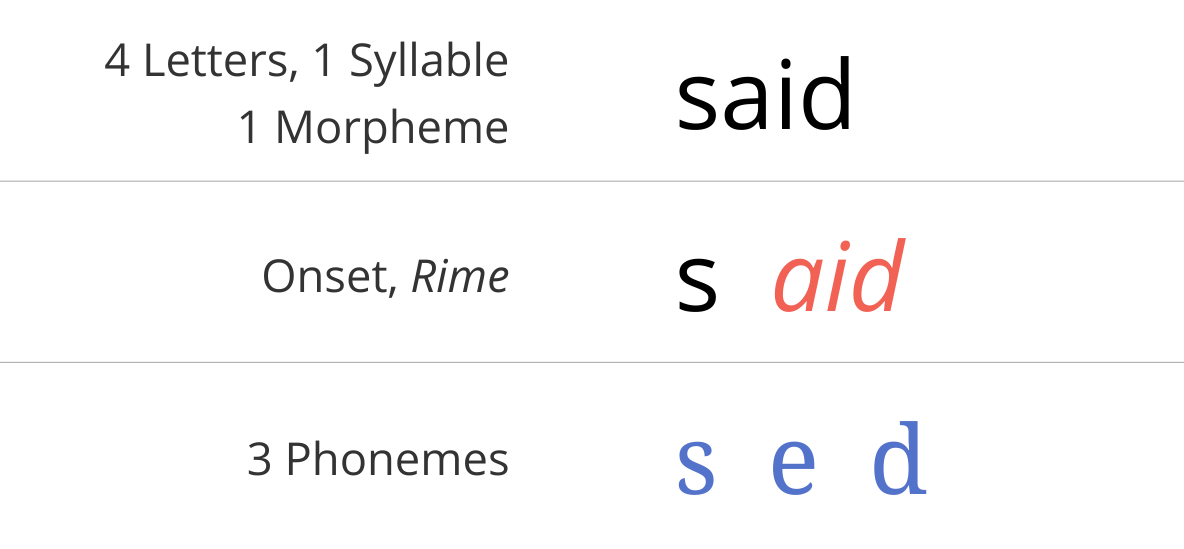I beg to differ. Given the challenges professors are now experiencing with students’ college-level literacy and attention spans, one may counter that being able to pay attention to and analyze texts of extended length on complex subject matters that one may not find immediately entertaining should indeed be a prerequisite for college. And an objective and consistent standardized exam is a valuable means to measure such ability, especially amidst the rise of rampant high-school grade inflation.
But, rather than hold students to a clear and rigorous standard, the College Board is catering to students’ declining performance and social-media-induced attention-control issues.
This extends to the changes made in the new SAT math section, as well. College Board now serves test-takers fewer questions but did not reduce the amount of time for the section correspondingly. Students taking the post-2024 SAT now have 1.6 minutes per question, compared to 1.3 minutes on the 2015-2024 SAT. (The ACT and CLT provide 1.1 minutes per question.) Additionally, a calculator can now be used for the entirety of the SAT math section.
It’s hard to predict the extent to which these changes may decrease the rigor of the SAT math section. However, they comport with a more than 15-year trend. Researchers at the University of Cincinnati trained an AI program to do SAT math questions going back to 2008, and it found that the test has been getting easier by about four points per year.
Finally, the optional essay was eliminated completely.
